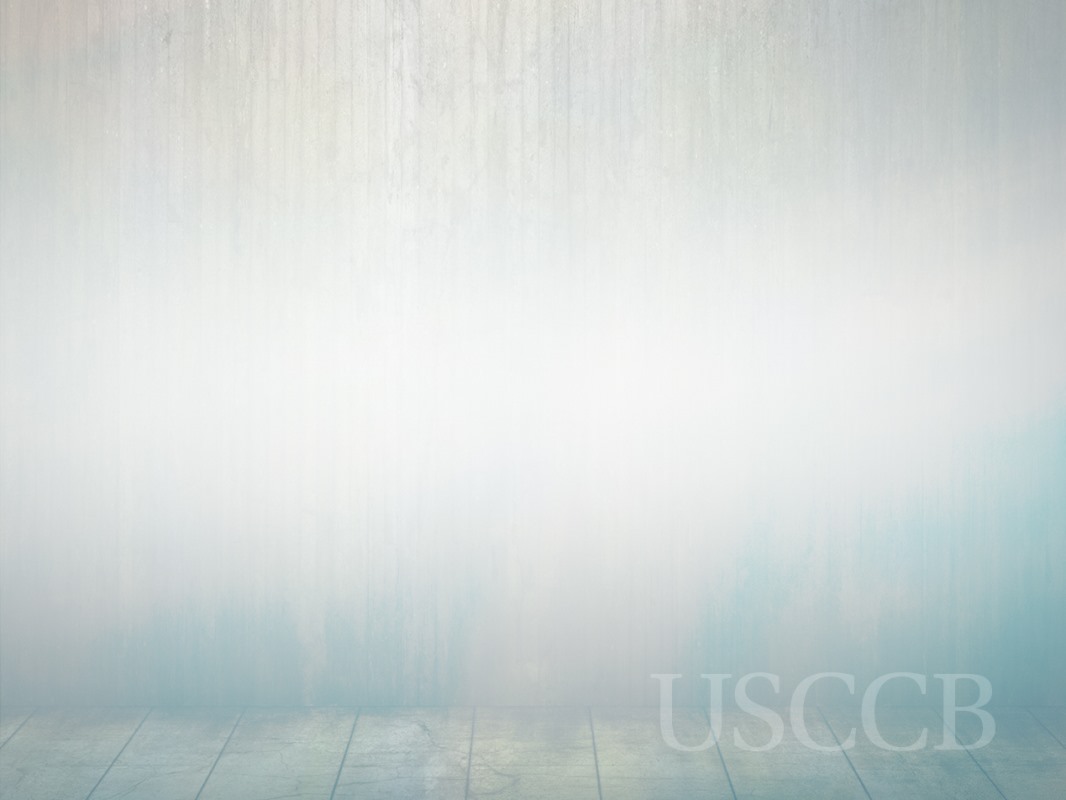

54
|
How to Cover the Catholic Church
(Archdiocese of NewYork), New Jersey (Newark), Pennsylvania (Philadelphia),
Florida (Miami), Ohio (Cincinnati), Illinois (Chicago), Michigan (Detroit),
Indiana (Indianapolis) and Wisconsin (Milwaukee) are examples.
In other areas the dioceses of two or more states are united in a single prov-
ince. For example, the Boston ecclesiastical province covers the other three
dioceses in Massachusetts plus those in Maine, Vermont and New Hampshire;
the St. Paul and Minneapolis province includes the four dioceses of North and
South Dakota as well as the other dioceses in Minnesota.
The relationship of the archdiocese, or
metropolitan see
, to the dioceses
under it (called
suffragan sees
in this context) rarely comes into play in news
coverage. The limited authority an archbishop has over the other diocesan
bishops in his province is largely in terms of internal church affairs. The bish-
ops of a province meet periodically, for example, to discuss common policy on
various pastoral matters and to draw up lists of priests who may be suggested
to Rome as potential candidates to be made bishop.
State Catholic Conferences
As the public policy arm of a state’s Catholic bishops, a state Catholic confer-
ence may often be in the news, especially if religious freedom or moral and
social values espoused by the church are at issue in state executive or legisla-
tive proposals or judicial proceedings. In a few small states that have only one
diocese, such as Vermont, New Hampshire and Rhode Island, there is no state
Catholic conference, and the diocese itself has some form of public policy or
government liaison office that deals with such issues. Most states, however,
do have a state Catholic conference. Its headquarters are usually located in the
state capital, even if that is not the most populous city or the seat of the most
important diocese in the state. The New York State Catholic Conference, for
example, is located in Albany, not New York City; the Catholic Conference of
Ohio is in Columbus, not Cincinnati. Typically the bishops of the state are the
members of the conference, but the executive director is a layperson, often
someone with a background in law.
OTHER LOCAL CATHOLIC RESOURCES
Catholic Colleges and Universities
There are more than 230 Catholic colleges and universities in the United States,
most of them sponsored by religious orders, though often governed by lay-

















